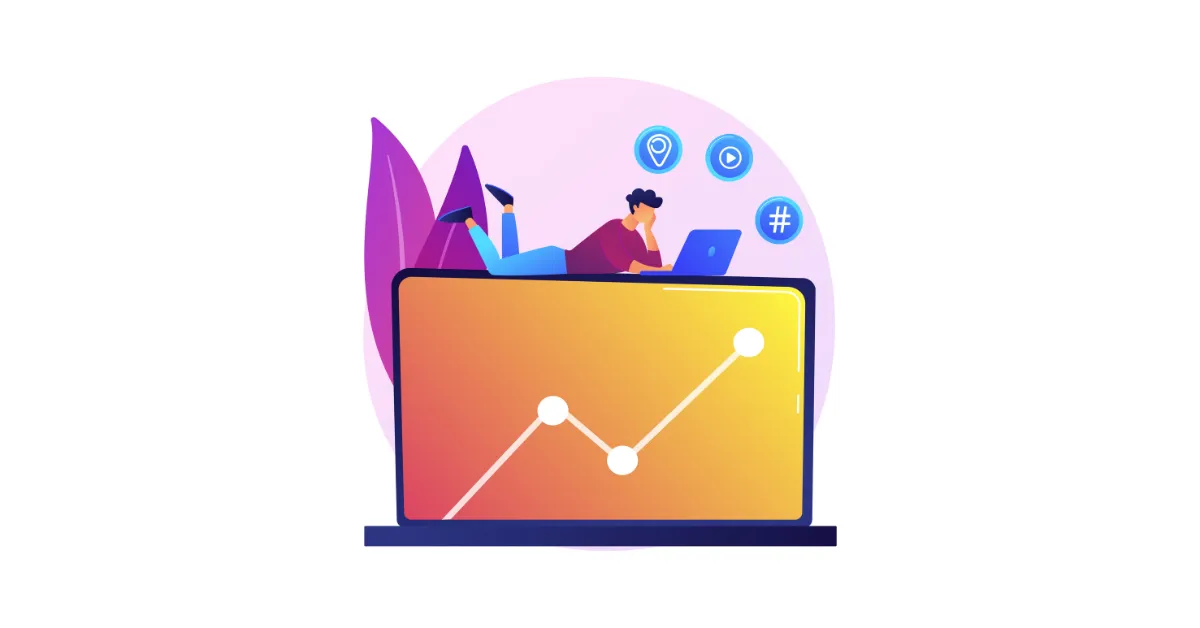Table of Contents
Software Trends: Insights into the Future of Technology

In the dynamic landscape of technology, software plays a pivotal role in driving innovation, shaping industries, and transforming our daily lives. Staying informed about the latest software trends is crucial for individuals and businesses alike, as it provides valuable insights into the future of technology and enables proactive adaptation. In this informative and descriptive blog post, we will explore some prominent software trends that are shaping the future, ranging from emerging technologies to evolving development methodologies.
Artificial Intelligence (AI) and Machine Learning (ML)
AI and ML are revolutionizing the way software systems operate, enabling machines to learn, reason, and make decisions. These technologies are being utilized across various domains, including healthcare, finance, retail, and more. AI-powered chatbots, recommendation systems, and intelligent virtual assistants are becoming increasingly prevalent, enhancing customer experiences and automating processes. The ability of AI and ML to analyze vast amounts of data and derive valuable insights is driving advancements in areas such as predictive analytics, fraud detection, and personalized marketing.
Internet of Things (IoT)
The Internet of Things refers to the interconnection of everyday objects and devices through the internet, enabling them to communicate and share data. IoT is expanding rapidly, with smart homes, wearable devices, and industrial IoT applications gaining traction. Software solutions are being developed to collect, analyze, and act upon the massive amounts of data generated by IoT devices, leading to improved efficiency, automation, and informed decision-making. IoT has the potential to revolutionize industries such as healthcare, agriculture, logistics, and manufacturing.
Cloud Computing and Software as a Service (SaaS)
Cloud computing continues to reshape the software landscape, providing flexible and scalable infrastructure, storage, and computing power. SaaS models have gained popularity, allowing businesses and individuals to access software applications over the internet without the need for local installations. Cloud-based solutions offer enhanced collaboration, cost savings, and ease of maintenance. As cloud technologies evolve, we can expect to see advancements in areas such as edge computing, hybrid cloud architectures, and serverless computing, enabling more efficient and powerful software deployments.
DevOps and Agile Methodologies
DevOps and Agile methodologies have transformed software development and delivery processes. DevOps emphasizes collaboration, automation, and continuous integration and delivery (CI/CD), enabling faster time-to-market and improved software quality. Agile methodologies promote iterative and incremental development, enabling teams to respond quickly to changing requirements and deliver value to users. The adoption of DevOps and Agile practices continues to grow, with organizations embracing the culture of collaboration, automation, and continuous improvement.
Low-Code and No-Code Development
Low-code and no-code development platforms empower individuals with varying technical expertise to create software applications with minimal coding efforts. These platforms offer visual interfaces, pre-built components, and drag-and-drop functionality, enabling rapid application development. Low-code and no-code solutions democratize software development, enabling business users and citizen developers to bring their ideas to life without extensive coding knowledge. These platforms promote agility, accelerate time-to-market, and foster innovation within organizations.
Cybersecurity and Privacy
As software continues to play a central role in our lives, cybersecurity and privacy become paramount concerns. With increasing cyber threats and data breaches, software developers are focusing on integrating robust security measures into their applications. From encryption and multi-factor authentication to secure coding practices and vulnerability testing, software solutions are being designed with security and privacy in mind. Compliance with data protection regulations, such as the General Data Protection Regulation (GDPR), is also crucial to ensuring user trust and privacy.
Conclusion
Software trends continue to shape the future of technology, offering exciting opportunities for innovation, efficiency, and enhanced user experiences. AI and ML are transforming industries, while IoT is connecting the physical and digital worlds. Cloud computing and SaaS models provide scalable and accessible solutions, and DevOps and Agile methodologies streamline software development processes. Low-code and no-code development platforms empower individuals to create software applications with ease. Security and privacy remain essential considerations as software evolves. By staying informed about these software trends, individuals and businesses can embrace the potential of technology, stay ahead of the curve, and drive positive change in their respective domains.



